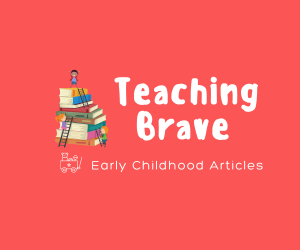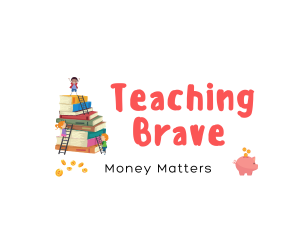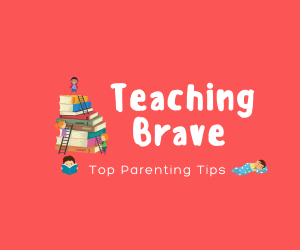Secrets – Why teach it?
Secrets.
It’s a tricky topic.
We encourage our kids to tell the truth, to value honesty and maybe even that telling secrets is rude.. but the truth is, we need to talk to our kids about secrets because there are different kinds of secrets..
There are secrets that are happy and fun and make us feel excited, and
There might be secrets that make us feel confused, yukky, nervous or sad.
Talking to kids about secrets is a Child Protection issue. It will help to keep them safe and when it comes to child abuse, just like with a fire, it may not ever happen, but if it does, we need to know what to do and how to respond.
I have been teaching Child Protection within early learning services for more than 15 years and I have also (sadly) come across countless cases of child abuse involving the children in my care.
There are certain concepts that are vital to teach children when it comes to preventing child abuse, and secrets are one of them.
Different Kinds of Secrets
So when you talk to your kids about secrets, the best thing to do is introduce the idea that there are different kinds of secrets;
Happy/ fun secrets and Unhappy secrets
It’s important to give examples of each kind.
Happy/fun secrets might be:
- Asking someone to keep a surprise birthday party a secret, so the birthday person can have a fun surprise
- Baking choc chip cookies for a family member and keeping it a secret until after dinner
- Not telling someone what is inside a present we have wrapped up for them
Unhappy secrets might be:
- If somebody hurts us and tells us to keep it a secret so they don’t get in trouble
- If someone says nasty, hurtful or unkind things about you or someone else and asks you to keep it a secret
- If someone touches or asks to see your private parts, or shows you theirs, and tells you to keep it a secret
After the examples, ask your kids again if this kind of secret makes them feel happy because it’s fun and exciting, or if it’s an unhappy/sad/yukky kind of secret. Kids pick up pretty quickly on the different kinds of secrets and are more switched on than we might think to make the differentiation.
Once we know what kind of secret it is, what now?
Once they know how to differentiate between these types of secrets, it’s important to teach them how to respond.
If it’s a happy/fun secret, it’s OK to keep that secret. It makes the secret more fun and it’s exciting once we finally tell the secret.
If it’s an unhappy secret, it’s important that we NEVER keep that kind of secret, we must always TELL! These kinds of secrets are not fun and people can get hurt, so we need to TELL a grown-up we trust.
Trusted adults – Who are they?
After the child understands that unhappy secrets must always be told to an adult, and never kept secret, it’s also important to discuss WHO those trusted adults are that they can tell. These adults will be trusted adults within their circle, so make sure to name with them suggestions of who is in their circle, such as:
- Mum or Dad
- Grandma or Grandpa
- Aunt or Uncle
- The child’s teacher (as a teacher will be a mandatory reporter)
- Any other adult you deem appropriate
Make sure the child understands:
- The person they tell needs to be an adult (not a child sibling for example)
- If the adult doesn’t believe them (this does happen), they need to keep telling other adults they trust until someone believes them
Summary
In Australia, in most cases of Child Abuse, the abuser is someone who is known to the child. It is less likely to be a complete stranger, so it’s important to have these Child Protection conversations with your child from about the age of 5 years old when they start to understand these basic concepts.
You can read my article on Child Protection and what parents need to know, and there are also some great kids books that talk about discussing secrets with kids too, such as:
- The Trouble with Secrets by Karen Johnsen
- Do you have a Secret? By Jennifer Moore-Mallinos
- Some Secrets Should Never be Kept by Jayneen Sanders









